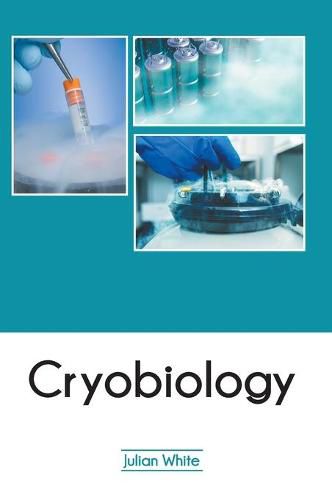Readings Newsletter
Become a Readings Member to make your shopping experience even easier.
Sign in or sign up for free!
You’re not far away from qualifying for FREE standard shipping within Australia
You’ve qualified for FREE standard shipping within Australia
The cart is loading…






The biological branch which deals with the study of the effects of low temperatures on living beings in the cryosphere of the Earth is known as cryobiology. The biological material and systems are studied at moderately hypothermic conditions to cryogenic temperatures. Cryobiology primarily studies systems and materials such as organs, tissues, proteins, cells as well as whole organisms. The central areas of study in cryobiology are the study of cryosurgery, and cold-adaptation of microorganisms, animals and plants. It also studies cryopreservation of cells, gametes, tissues of animals and humans. It also deals with the preservation of organs under hypothetical conditions and physics of supercooling. This book provides significant information of this discipline to help develop a good understanding of cryobiology and related fields. While understanding the long-term perspectives of the topics, it makes an effort in highlighting their impact as a modern tool for the growth of the discipline. The book is appropriate for students seeking detailed information in this area as well as for experts.
$9.00 standard shipping within Australia
FREE standard shipping within Australia for orders over $100.00
Express & International shipping calculated at checkout
The biological branch which deals with the study of the effects of low temperatures on living beings in the cryosphere of the Earth is known as cryobiology. The biological material and systems are studied at moderately hypothermic conditions to cryogenic temperatures. Cryobiology primarily studies systems and materials such as organs, tissues, proteins, cells as well as whole organisms. The central areas of study in cryobiology are the study of cryosurgery, and cold-adaptation of microorganisms, animals and plants. It also studies cryopreservation of cells, gametes, tissues of animals and humans. It also deals with the preservation of organs under hypothetical conditions and physics of supercooling. This book provides significant information of this discipline to help develop a good understanding of cryobiology and related fields. While understanding the long-term perspectives of the topics, it makes an effort in highlighting their impact as a modern tool for the growth of the discipline. The book is appropriate for students seeking detailed information in this area as well as for experts.